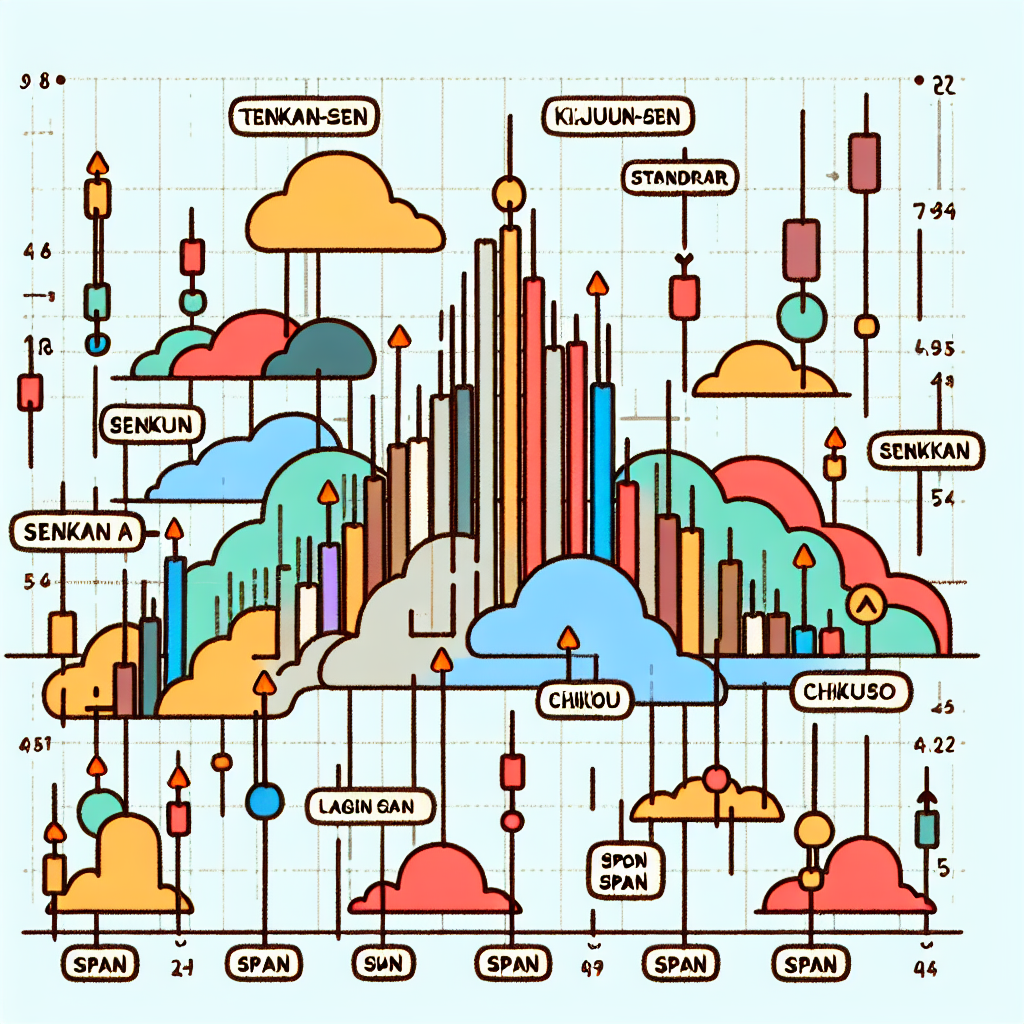
Support and Resistance Level Strategies
Understanding Support and Resistance Levels
Support and resistance levels are key concepts in technical analysis that help traders identify potential price levels where the market is likely to reverse or consolidate. Support levels are price levels where a stock or market tends to find buying interest, preventing it from falling further. On the other hand, resistance levels are price levels where a stock or market tends to find selling interest, preventing it from rising further.
Using Support and Resistance Levels in Trading
Traders can use support and resistance levels to make informed trading decisions. Here are some strategies to consider:
Identifying Support and Resistance Levels
Start by identifying key support and resistance levels on a price chart. Look for areas where the price has reversed multiple times in the past. These levels can act as barriers to price movement in the future.
Trading Breakouts
One common strategy is to trade breakouts above resistance levels or below support levels. When the price breaks above a resistance level, it indicates a potential uptrend, while a breakout below a support level suggests a potential downtrend.
Using Support and Resistance as Stop Loss Levels
Traders can also use support and resistance levels as stop loss levels to manage risk. Placing stop loss orders just below support levels for long trades or just above resistance levels for short trades can help protect against significant losses.
Confirmation Signals
It’s important to look for confirmation signals when trading based on support and resistance levels. This can include using technical indicators, candlestick patterns, or volume analysis to confirm the validity of a breakout or reversal.
Conclusion
Support and resistance levels are powerful tools that can help traders make more informed trading decisions. By understanding these key concepts and implementing strategies to trade based on them, traders can improve their chances of success in the market.





